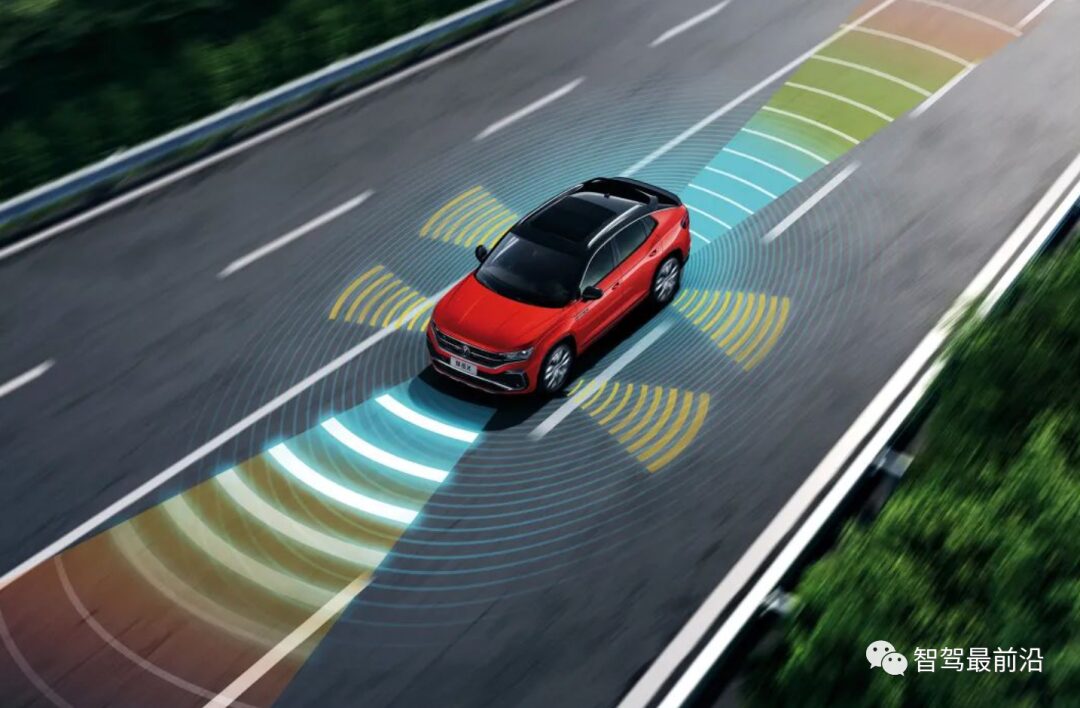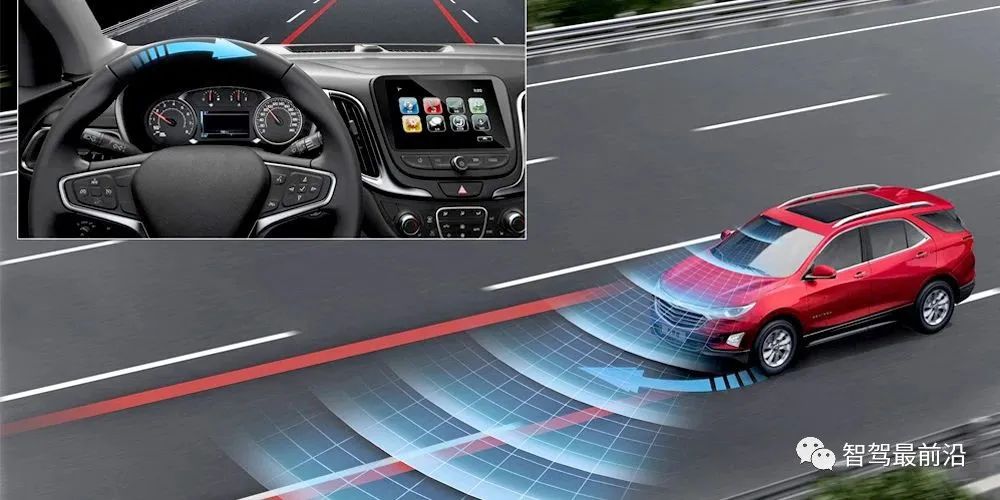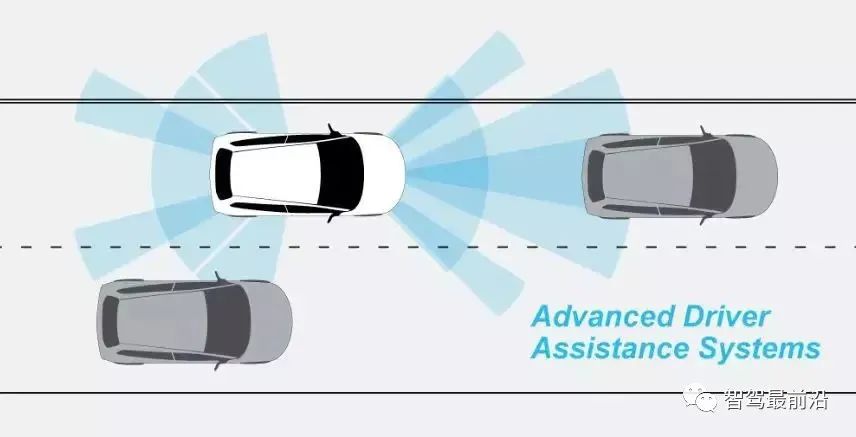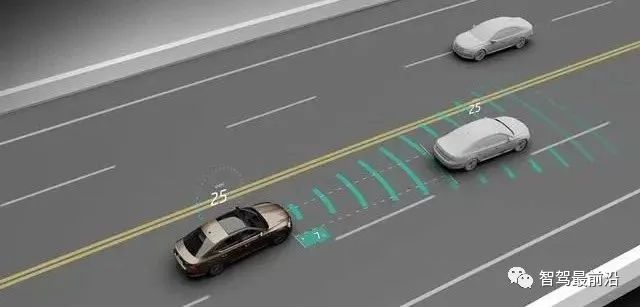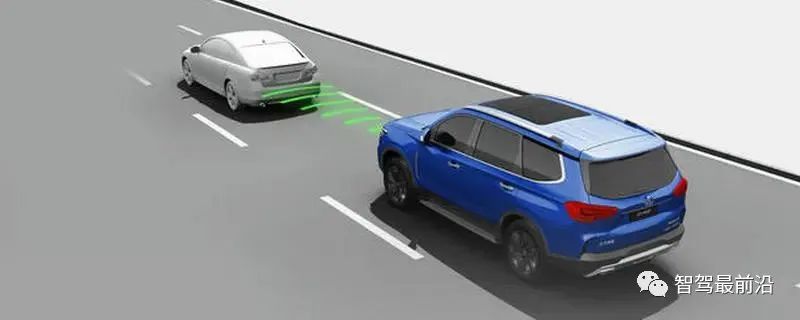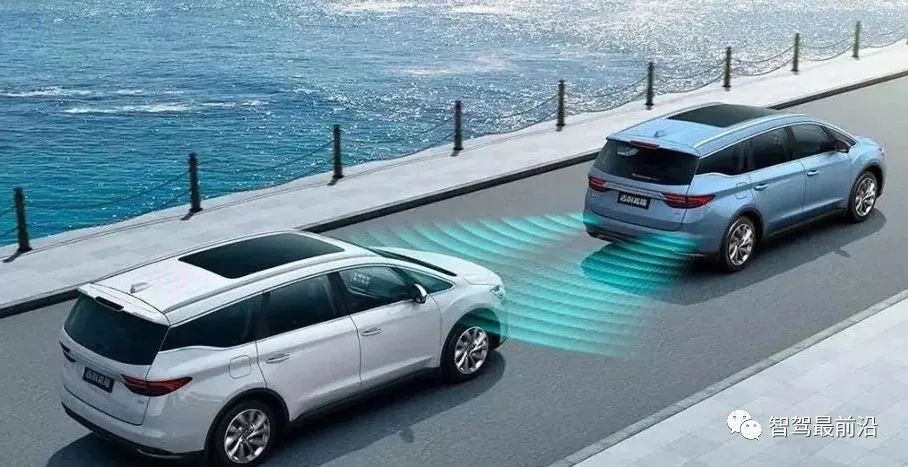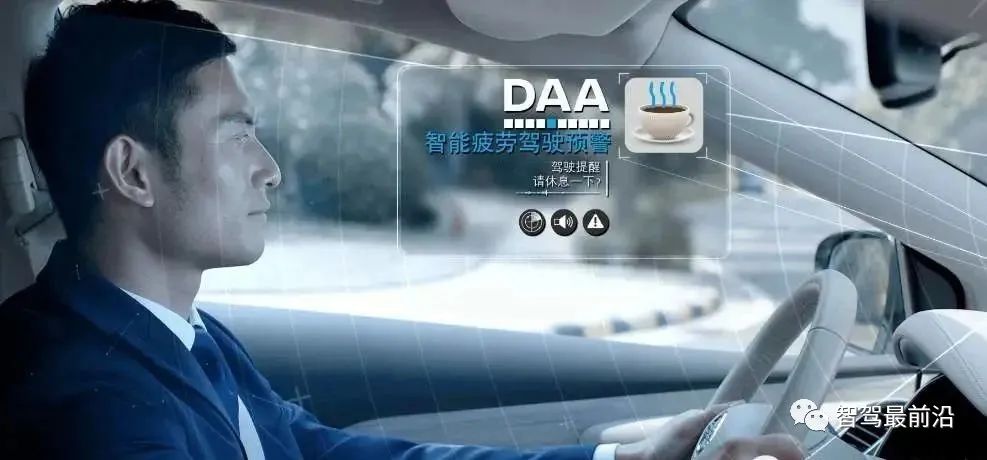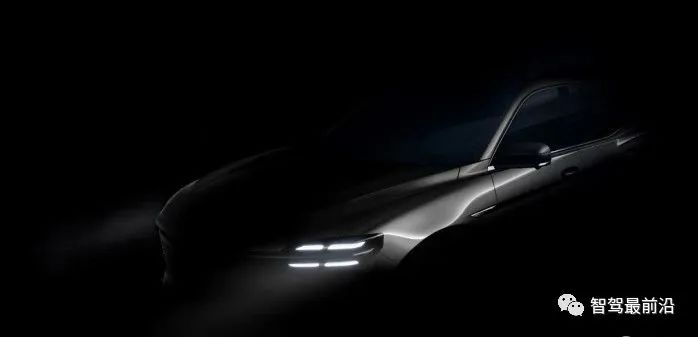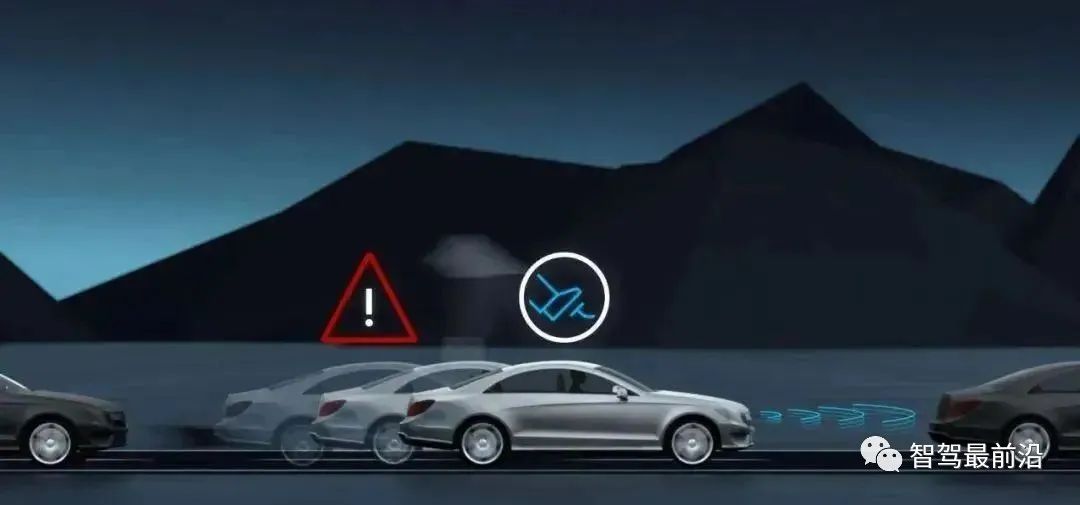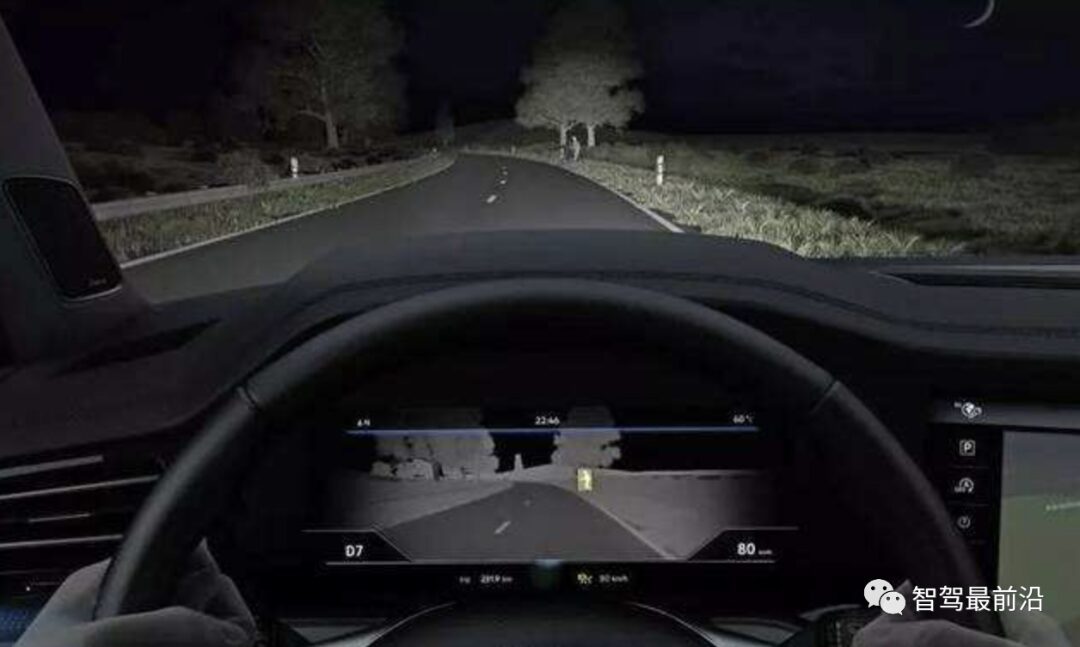Skip to content
We all know that autonomous driving is the future of automotive development. However, there has been much debate in the industry about when fully autonomous driving will be realized. In the meantime, advanced driver assistance systems (ADAS) have become a viable option under current technological and regulatory conditions. Many ADAS functions are already in mass production, providing automotive manufacturers with more differentiated product design options while also offering ordinary consumers a better driving experience and safety assurance.
Advanced Driver Assistance Systems (ADAS) utilize various sensors installed in the vehicle (millimeter-wave radar, lidar, monocular and binocular cameras, and satellite navigation) to sense the surrounding environment during driving, collect data, identify, detect, and track static and dynamic objects, and combine this with navigation map data for systematic computation and analysis. This allows drivers to be alerted to potential dangers in advance, effectively increasing the comfort and safety of driving.
In recent years, the ADAS market has grown rapidly. Originally, these systems were limited to high-end markets, but they are now entering the mid-range market. Meanwhile, many low-tech applications are becoming more common in entry-level passenger vehicles, and improved sensor technologies are creating new opportunities and strategies for system deployment.
Early ADAS technologies were primarily focused on passive alerts, warning the driver of abnormal vehicles or road conditions when potential dangers were detected. Nowadays, proactive intervention is also common in ADAS technologies.
Generally, advanced driver assistance systems in vehicles typically include: Lane Departure Warning System (LDWS), Lane Keeping System (LKS), Adaptive Cruise Control (ACC), Forward Collision Warning (FCW), Automatic Parking System (APA), Blind Spot Detection (BSD), Driver Fatigue Monitoring (DFM), Adaptive Light Control (ALC), Automatic Emergency Braking (AEB), Night Vision Device (NVD), and other common functional systems.
In addition, they also include pedestrian protection systems, Intelligent Speed Assistance (ISA), navigation and real-time traffic systems (TMC), traffic sign recognition, downhill control systems, electric vehicle alarm systems, and more.
Lane Departure Warning System (LDWS)
The Lane Departure Warning System (LDWS) refers to the situation where the vehicle suddenly drifts significantly out of lane without signaling. Once the dashcam detects an abnormal driving route, it will alert the driver via the display screen and emit a sound warning to prompt the driver. This allows the driver to take immediate action to return to the original lane.
The Lane Departure Warning System mainly consists of a Head-Up Display (HUD), cameras, controllers, and sensors. When the LDWS is activated, the camera (usually positioned on the side of the vehicle or in the rearview mirror) continuously captures the lane markings, obtaining the vehicle’s position parameters within the current lane through image processing.
When the vehicle is detected to be drifting out of lane, the sensor will promptly collect vehicle data and the driver’s operational status, and then the controller will issue an alarm signal. The entire process takes about 0.5 seconds, providing the driver with more reaction time. If the driver activates the turn signal and changes lanes normally, the LDWS will not issue any prompts.
Lane Keeping System (LKS)
The Lane Keeping System is a type of intelligent driving assistance system. It can control the braking coordination device based on the Lane Departure Warning System (LDWS). It uses a camera to recognize lane markings and provides support to keep the vehicle within the lane. It can detect the vehicle’s position within the lane and automatically adjust steering to maintain the vehicle’s lane position.
If the vehicle approaches the detected lane markings and may drift out of the lane, it will alert the driver through vibrations in the steering wheel or sound, and slightly turn the steering wheel to correct the driving direction, keeping the vehicle in the correct lane. If the steering wheel detects no active intervention for a prolonged period, it will issue an alarm to remind the driver.
If the Lane Keeping System detects the lane markings on both sides, the system will be in standby mode. This is indicated by a green light on the instrument panel. When the system is in standby mode, if the turn signal is activated before crossing the lane marking, the warning signal will be suppressed, recognizing the driver’s intention to change lanes.
This system is mainly applied on structured roads, such as highways and well-maintained roads (with clear lane markings). It starts operating when the vehicle speed reaches 65 km/h or above.
Adaptive Cruise Control (ACC)
Adaptive Cruise Control (ACC) is a comfort-enhancing driving assistance feature. If the road ahead is clear, the ACC will maintain the set maximum cruising speed. If a vehicle is detected ahead, the ACC will reduce speed as necessary to maintain a safe distance from the vehicle in front based on the selected time until an appropriate cruising speed is reached.
Adaptive cruise can also be referred to as active cruise, similar to traditional cruise control. This system includes radar sensors, digital signal processors, and control modules. In the ACC system, low-power radar or infrared beams are used to determine the exact position of the vehicle ahead. If the vehicle ahead slows down or a new target is detected, the system sends execution signals to the engine or braking system to reduce speed, thereby maintaining a safe distance from the vehicle in front.
When the obstacle ahead is cleared, it will accelerate back to the set speed, and the radar system will automatically monitor the next target. The active cruise control system replaces the driver’s control of speed, avoiding frequent cancellation and setting of cruise control. When the distance to the vehicle in front is too short, the ACC control unit can coordinate actions with the anti-lock braking system and engine control system to appropriately brake the wheels and reduce engine output, ensuring that the vehicle maintains a safe distance from the vehicle ahead. The adaptive cruise system is suitable for various road conditions, providing the driver with a more relaxed driving experience.
Forward Collision Warning (FCW)
The Forward Collision Warning (FCW) system uses radar to continuously monitor the vehicle ahead, assessing the distance, position, and relative speed between the vehicle and the one in front. It warns the driver when there is a potential collision risk. The FCW system itself does not take any braking measures to avoid a collision or control the vehicle.
By analyzing the information obtained from sensors about the road ahead, the system identifies and tracks the vehicle in front. If a vehicle is detected, it measures the distance to the vehicle ahead. It also uses speed estimation to assess potential rear-end collision risks based on a safe distance alert model. If a rear-end danger is identified, the system will provide timely warnings to the driver based on alert rules.
Automatic Parking Assist (APA)
The Automatic Parking Assist (APA) utilizes onboard sensors (usually ultrasonic radar or cameras) to identify available parking spaces and control the vehicle to park. Compared to traditional reverse assistance features, such as rear-view cameras and parking sensors, the automatic parking function is more intelligent, effectively reducing the difficulties drivers face when reversing.
The fully automatic parking assist system (APA) automatically parks the vehicle by controlling acceleration and steering angle. The system perceives the parking environment through AVM (Around View Monitor) and USS (Ultrasonic Sensors), estimates the vehicle’s posture (position and direction) using IMU and wheel sensors, and automatically or manually sets the target parking space based on the driver’s choice. The system then calculates the automatic parking trajectory and, through precise vehicle positioning and control systems, parks the vehicle along the defined trajectory until it reaches the final target parking space.
Blind Spot Detection (BSD)
Due to the visual blind spots of car mirrors, it is impossible to see vehicles in the blind spot before changing lanes. If there is a passing vehicle in the blind spot, changing lanes can lead to a collision. In heavy rain, foggy weather, or at night when visibility is low, it is even more difficult to see vehicles behind, making lane changes riskier. The Blind Spot Detection (BSD) system was developed to address the blind spots of rearview mirrors.
The Blind Spot Detection (BSD) is a high-tech safety feature on vehicles. Its main function is to eliminate the blind spot of rearview mirrors by relying on two radars at the rear of the vehicle to continuously monitor the status of the vehicle’s sides and rear. If a vehicle is detected in that area, the driver will receive relevant warnings through the blind spot warning indicator light on the rearview mirror and the instrument panel, helping to avoid accidents during lane changes due to blind spots.
Driver Fatigue Monitoring System (DFM)
The Driver Fatigue Monitoring System (DFM) primarily uses cameras to capture images and employs technologies such as visual tracking, object detection, and action recognition to monitor the driver’s behavior and physiological state. When the driver exhibits dangerous behaviors such as fatigue, distraction, using a phone, or smoking, the system will alarm within a set time to prevent accidents. The DFM system effectively regulates the driver’s behavior, significantly reducing the likelihood of traffic accidents.
By analyzing fatigue characteristics (such as yawning, closing eyes, etc.), it issues timely fatigue driving warnings for fatigue behaviors. High-precision algorithms can even manage the driver’s fatigue state effectively, regardless of external conditions such as time, lighting, or wearing sunglasses. When the driver shows signs of physiological fatigue, an immediate warning is issued to awaken the driver and prevent serious accidents.
Adaptive Light Control (ALC)
Adaptive Light Control (ALC) is an intelligent lighting adjustment system. It adjusts the front headlights in real-time based on information regarding the driver’s operation, vehicle state, road conditions, and weather environment, providing optimal road illumination for the driver.
The adaptive headlight system consists of four parts: sensors, ECU, headlight control system, and headlights. The vehicle speed sensor and steering angle sensor continuously transmit detected signals to the ECU, which processes the signals and outputs headlight angle commands, adjusting the headlights accordingly.
When the vehicle turns, it is essential to see obstacles in the direction of the turn in advance. Based on practical driving experience, the headlights only need to turn about 0-15°; only the headlight on the side of the turn needs to steer intelligently while the other headlight remains in its original direction. This simplifies control while still achieving the desired effect. It can significantly improve lighting effects under various road conditions, enhancing driving safety.
Automatic Emergency Braking (AEB)
Automatic Emergency Braking (AEB) is a proactive safety technology for vehicles, primarily composed of three major modules. The distance measurement module includes microwave radar, lidar, and video systems, providing accurate and real-time images and road condition information.
The AEB system uses radar to measure the distance to the vehicle or obstacle ahead, and the data analysis module compares this distance with alert and safety distances. If it is less than the alert distance, an alarm is triggered, and if it is less than the safety distance, the AEB system will activate even if the driver has not had time to apply the brakes, automatically braking the vehicle to ensure safe travel.
Night Vision Device (NVD)
The Night Vision Device (NVD) is a driving assistance system derived from military applications. With the help of this system, drivers gain better foresight during nighttime or low-light driving situations, providing comprehensive and accurate information or early warnings regarding potential dangers.
The Night Vision Device (NVD) consists of detection sensors (UFPA) installed in the front bumper and a heads-up display (HUD). It utilizes active infrared illumination, low-light night vision technology, and infrared thermal imaging technology to help drivers see objects that cannot be clearly identified by the vehicle’s high beams, allowing drivers to incorporate virtual images as part of their forward view, enhancing safety in poor visibility conditions.
Currently, the main functions of ADAS systems are not to fully control the vehicle, but to provide drivers with information about the vehicle’s operational status and changes in the external environment, analyzing this information and warning of potential dangers in advance, allowing drivers to take proactive measures to avoid traffic accidents.
As for achieving autonomous driving, this is also a direction that ADAS systems are actively pursuing. However, this requires continuous accumulation of usage experience and overcoming blind spots, as well as integrating more proactive detection systems and even IoT functionalities to further achieve this goal. After all, the technical aspects required for autonomous driving are higher and more complex.
Welcome to all angel round and Series A companies in the entire automotive industry chain (including the electrification industry chain);Around companies join the group (Friendly connections with 500 automotive investment institutions, including top-tier organizations; some quality projects will be selected for thematic roadshows to existing institutions);There are communication groups for leading sci-tech companies, automotive complete vehicles, automotive semiconductors, key components, new energy vehicles, intelligent connected vehicles, aftermarket, automotive investment, autonomous driving, vehicle networking, and dozens of other groups. Please scan the administrator’s WeChat to join the group (Please indicate your company name)
